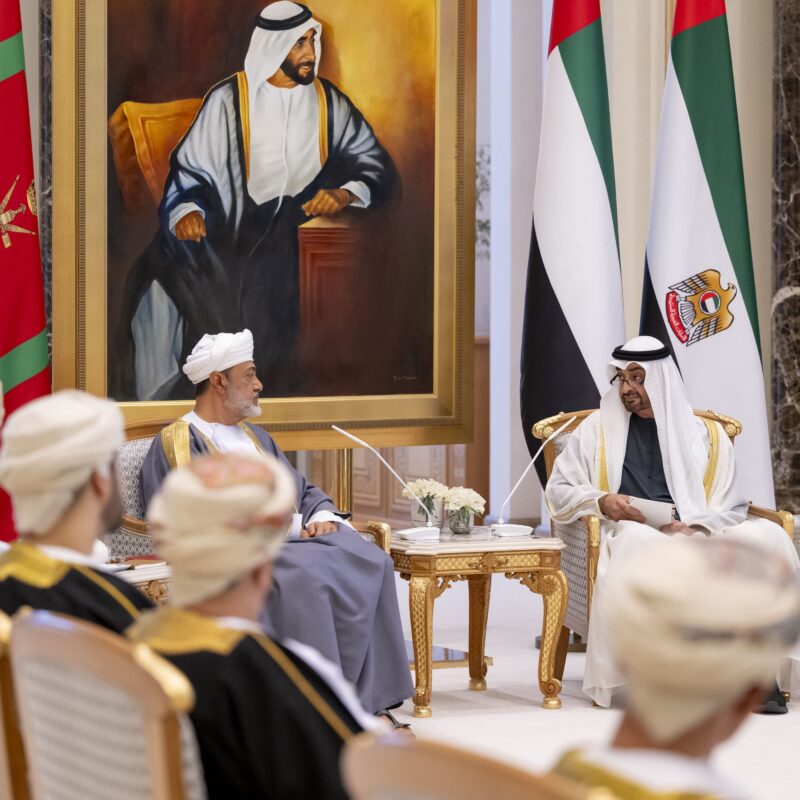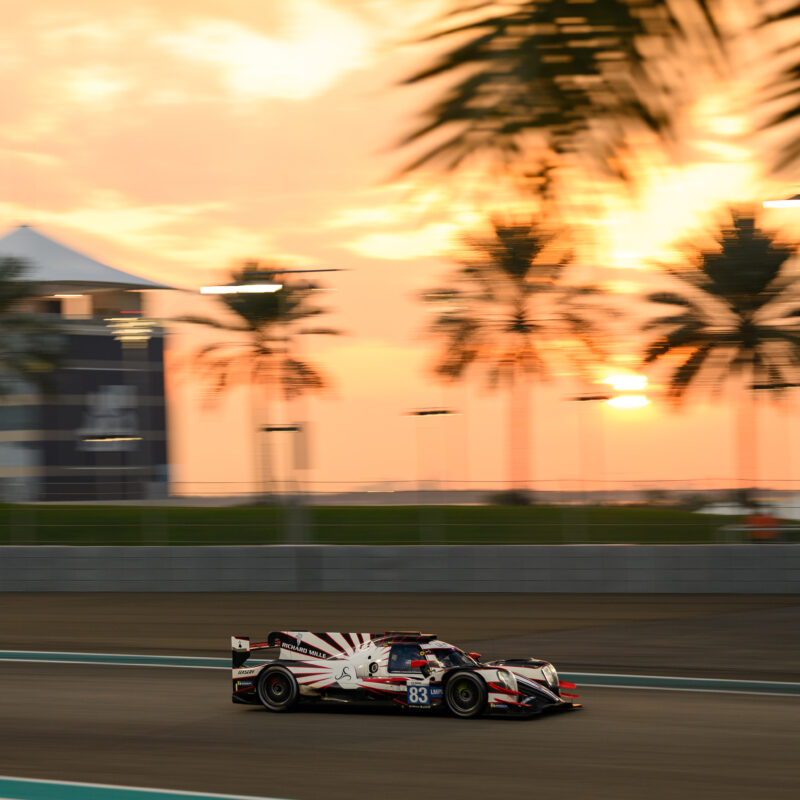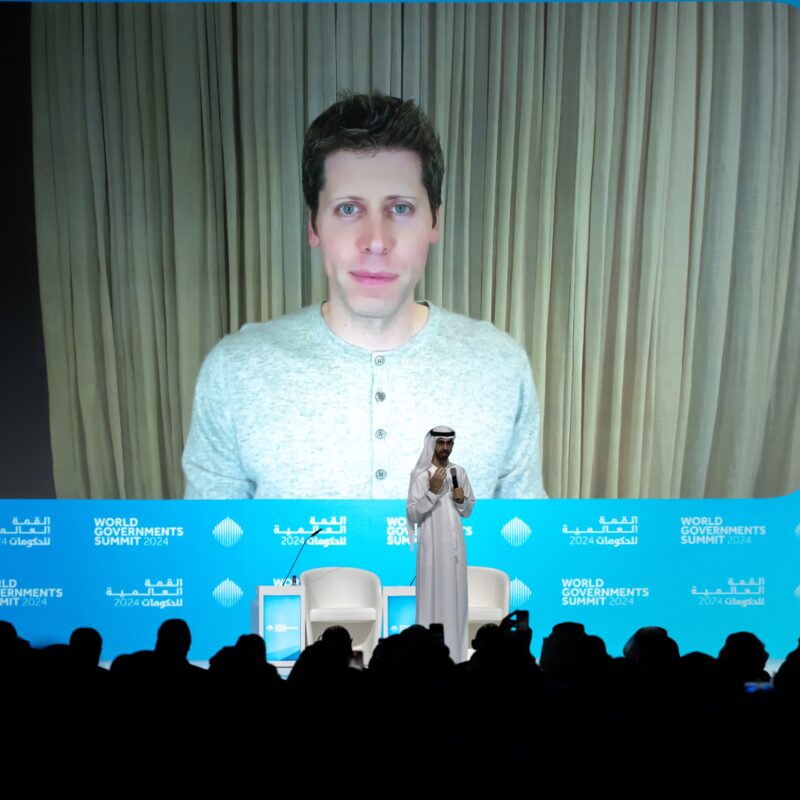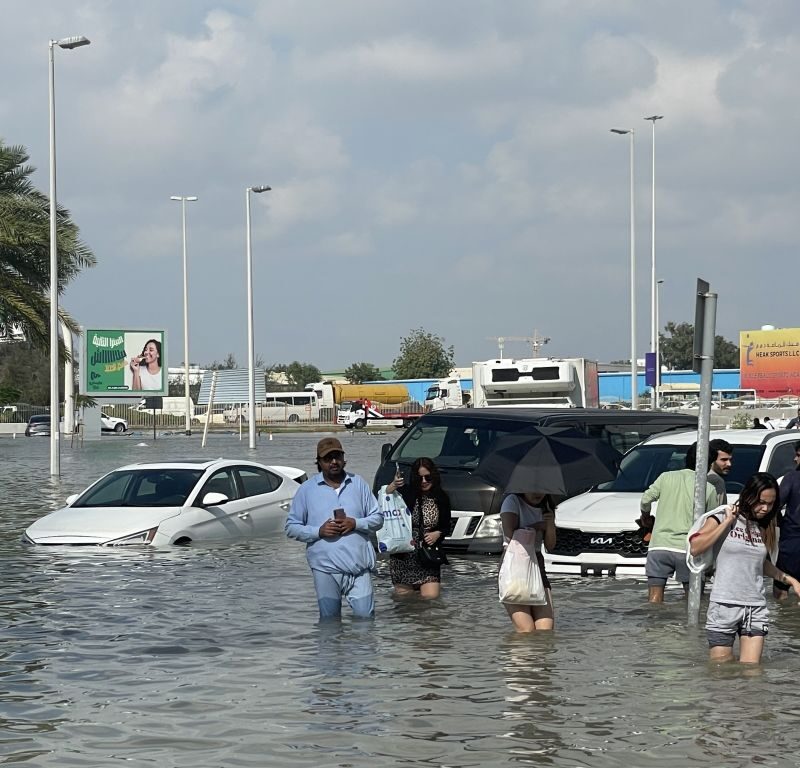Endangered coral reefs connect countries in Mideast and Africa
Eight nations bordering Red Sea collaborate on Swiss-led study that could help save ailing corals at popular scuba diving sites from Egypt to Australia

Melanie Lidman
A diver exploring the coral fields along the coast of Dahab, Egypt
Less than two years ago, Israeli and European researchers took a Nazi-built naval ship that had been used to place mines, outfitted it with modern scientific equipment and set sail from the Israeli city of Eilat to the Port of Sudan to study coral formations. The journey, which took place just months after Israel and Sudan normalized relations through the Abraham Accords, was among the first instances of formal scientific cooperation between the two countries.
But in the middle of the night, just a day into the voyage, a huge crash threw the researchers out of bed. The ship had run aground on a coral reef off the coast of Sinai, causing extensive damage and canceling the survey, which was sponsored by the Swiss-founded Transnational Red Sea Center.
“It was scary,” Maoz Fine, a professor of marine ecology at Hebrew University in Jerusalem and the Interuniversity Institute for Marine Science in Eilat, told The Circuit. “We were stuck on the reef for a few hours before we were rescued by the Egyptian navy. We lost a lot of equipment and personal stuff, but… the biggest loss was not to continue the cruise to Sudan.”
Although Sudan signed onto the normalization agreements in January 2021, and there have been some high-profile visits between the two countries, relations are still strained. While some European researchers flew to Sudan for a coral survey a few months later, Fine has not returned.
Next month, the Transnational Red Sea Center, founded by the Swiss Federal Institute of Technology in Lausanne, plans to carry out the full coral survey that was planned for 2021. The European and Sudanese researchers will study why coral across the Red Sea has been much more resilient to rising ocean temperatures than other places around the world. Researchers believe that the Red Sea’s hardy corals might contain the secret to help struggling corals around the world, which have declined by 14% globally since 2009.
Just below the surface of the Red Sea is a riot of psychedelic color, a Dr. Seuss-like jungle of more than 200 species of corals stretching down to the seafloor. Diving in the Red Sea is like entering a playground of underwater cliffs and caves and narrow canyons filled with corals that look like giant brains the size of a school bus, two-dimensional neon yellow oak trees, and bright orange tubes waving hello to the circulating schools of fish.
The water in the Red Sea is exceptionally clear compared to other marine environments, which allows sunlight to penetrate farther down than other areas, so the color is spectacular at every depth. And, most enticing for researchers, the Red Sea’s vibrant corals have been barely perturbed by the rising sea temperature that is bleaching other corals around the world, causing them to lose their color and sometimes die.
“We think the northern Red Sea has the best chance of survival, because the corals are farther away from the bleaching threshold than any other locality in the world,” said Fine, who has spent decades studying the corals in the Red Sea. Until recently, he’s only been able to collaborate directly with Jordanian and Egyptian scientists. There are eight countries that border the Red Sea: Israel, Jordan, Saudi Arabia, Yemen, Djibouti, Eritrea, Sudan and Egypt.
Cooperation across the entire Red Sea is essential for understanding why the coral are so resilient, Fine said. “If we don’t have a spread of monitoring and research along the Red Sea, we miss part of the picture,” he said. “There is a latitudinal gradient in temperatures, and of course there are local parameters like overfishing, so to have a full picture, we have to do it all along the gradient.” Since its founding in 2019, the Transnational Red Sea Center has run two research missions to Jordan and Djibouti.
Globally, corals cover less than 1% of the ocean floor, but they’re an important economic engine and environmental resource. Corals support approximately 25% of all marine life and generate billions of dollars and millions of jobs in fishing and tourism, as well as providing protection against storm surges. The value of goods and services provided by corals around the world is estimated at $2.7 trillion per year, including around $36 billion of coral reef tourism, like scuba diving, snorkeling and boat tours.
Although Australia is perhaps the best-known scuba destination, Egypt’s proximity to Europe makes it one of the most popular countries in the world for diving. Sharm el Sheikh alone has almost 300 dive clubs. Coral reef-related tourism contributes 3.5% to Egypt’s gross domestic product, according to the Global Coral Reef Monitoring Network’s 2020 report. Saudi Arabia’s Vision 2030 economic plan specifically calls for developing coastal tourism to diversify the kingdom’s economy. In Yemen, more than 220,000 people depend on fishing as their principal source of income, and commercial fishing accounts for 15% of the GDP.
“These reefs are the livelihoods of millions of people in the region, and we want to keep it intact and healthy, and the research is one of the parts of keeping [the coral] happy,” explained Fine.
Israel accounts for just 12 kilometers of the thousands of kilometers of coast along the Red Sea, but the corals are an important economic resource in Eilat, Israel’s southern resort city. There are more than 400,000 dives per year at 19 diving clubs, Yossi Chen, CEO of the Eilat Tourism Corporation, told The Circuit. “We really need to appreciate these corals, because the corals take care of us and take care of the sea,” said Chen. “It’s a real tourist attraction, and I hope people can understand what would happen if that went away.” Chen said that 80% of Eilat’s population works in tourism or tourism-connected jobs to support almost 3 million visitors per year from within Israel and abroad.
The northern Red Sea is an essential place for studying coral resilience because local coral can survive at temperatures much higher than the average water temperature, thanks to what scientists believe was a harrowing journey for the corals to establish themselves. During the last Ice Age, 20,000 years ago, the Red Sea dropped by 120 meters and was cut off from the Gulf of Aden, leading to massive die-offs, Fine said. Coral only started returning to the Red Sea around 8,000 years ago, when the sea was once again connected to the Arabian Sea. Coral that today is in the northern Red Sea came from coral larvae that floated from the Arabian Sea and had to pass through the southern Red Sea. In the southern Red Sea, temperatures can reach 34 degree Celsius in the summer, around seven degrees warmer than the northern Red Sea. This means that only coral able to survive warmer temperatures made it to the northern Red Sea.
The research can help shed light on coral problems in the Persian Gulf, which is located at similar latitudes but experiencing much worse bleaching. Overall, the Gulf region has lost more than 40% of living coral between 1996 (when monitoring began) and 2019.
Globally, other scientists are using artificial intelligence and algorithms to track patterns of coral bleaching, trying to identify areas where bleaching is less prevalent and to see if those corals share characteristics with the northern Red Sea, to identify the most important areas for conservation.
“These [monitoring stations] provide the whole world all of the required data related to the health of the corals, so decision-makers can know exactly how the corals are doing,” said Ali Al Sawalmih, director of the Marine Science Station in Aqaba, Jordan, who is also part of the Transnational Red Sea Center. Al Sawalmih has been cooperating with Israeli and Egyptian scientists for years, but said the Transnational Center is allowing researchers to study the Red Sea as a holistic ecosystem for the first time.
Sudanese researchers joined the Transnational Center mission in Jordan last August that was set up to deploy a coral monitoring system on eight different coral colonies off Aqaba’s coast. Al Sawalmih said one of the most interesting aspects of the collaboration is that scientists from each country can study species of corals they don’t have locally.
Both Al Sawalmih and Fine agreed the Transnational Center is only possible because of an outside, neutral leader, at least in the beginning. “You need someone to trigger the beginning, and the Transnational Red Sea Center played a role in waking us up,” said Al Sawalmih. “It’s essential to have a neutral body that can communicate between countries without diplomatic relations and is a friend of all.”
Fine said the presence of a neutral leader also helps maintain public support for the research, without making it political. “Collaboration is not always seen as a good thing by the public or by some parties,” he said.
But Al Sawalmih, who grew up in Aqaba and has a deep, personal connection to the Red Sea, believes that scientific cooperation is an effective building block to pave the way for better diplomatic relations.
“If we apply for projects together, diplomatic people are aware of that, and that starts new collaborations on higher levels. Science is very good for this,” he said. “Water molecules don’t recognize borders…cooperation is not a choice, it’s a must.”









